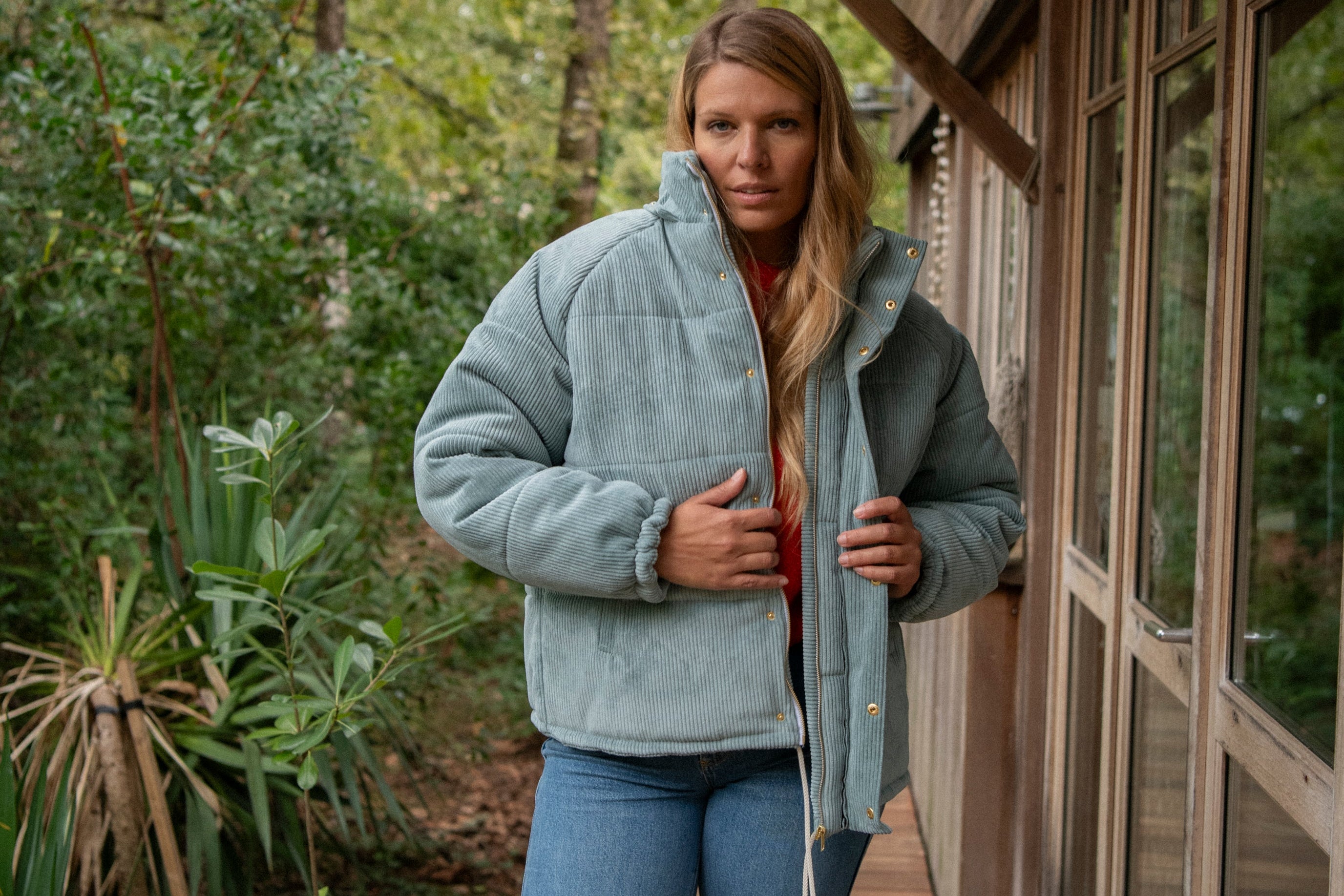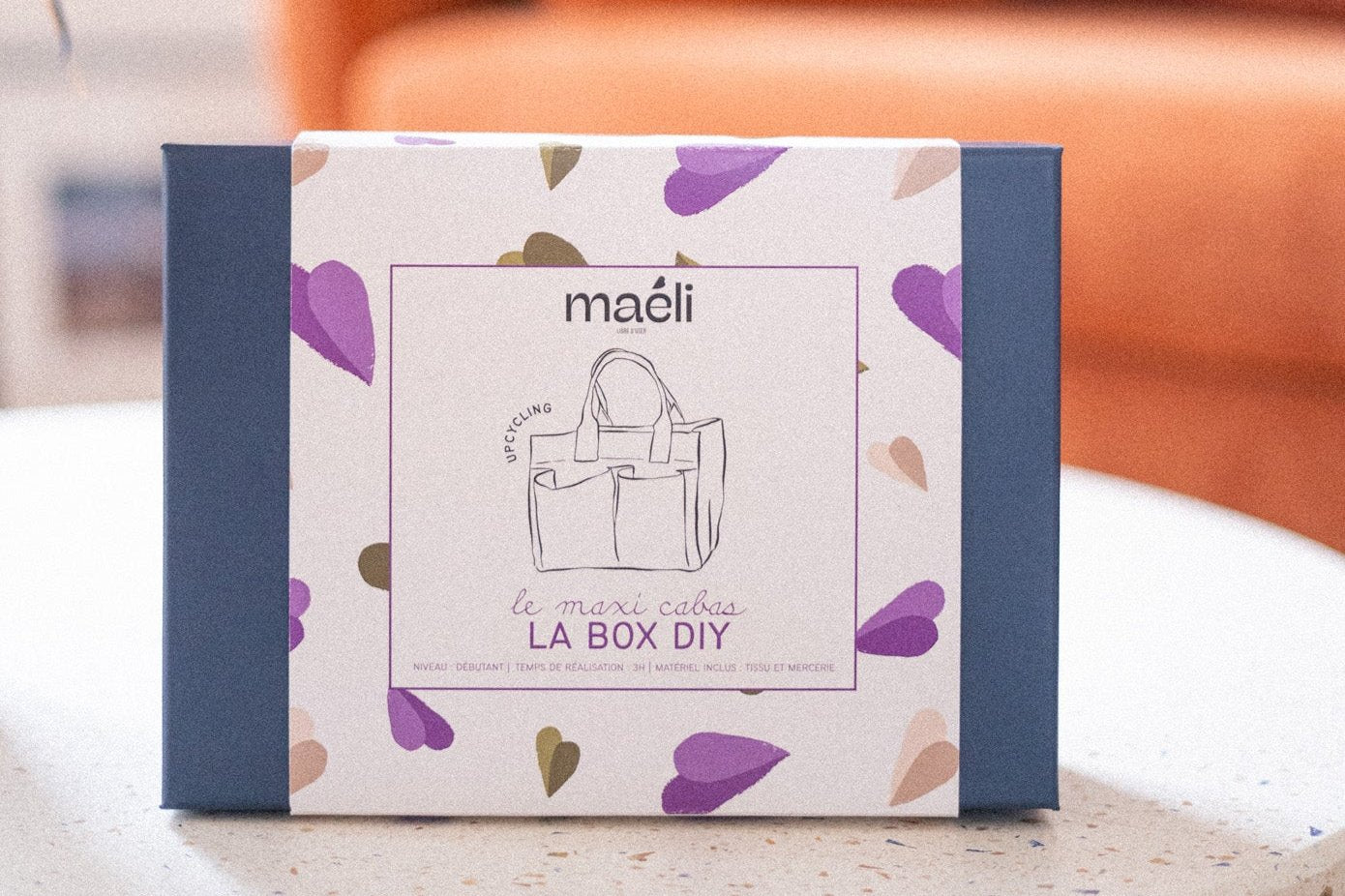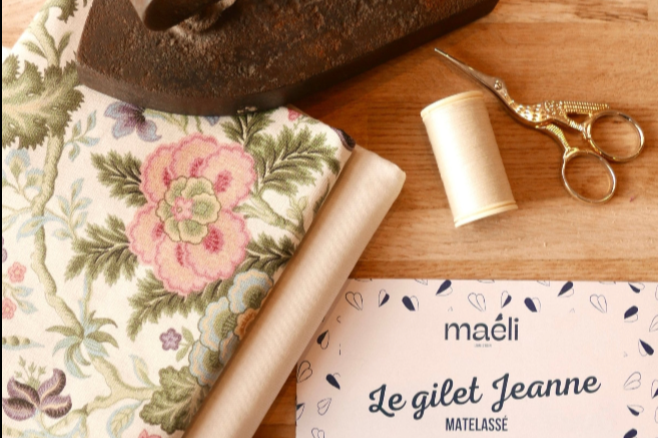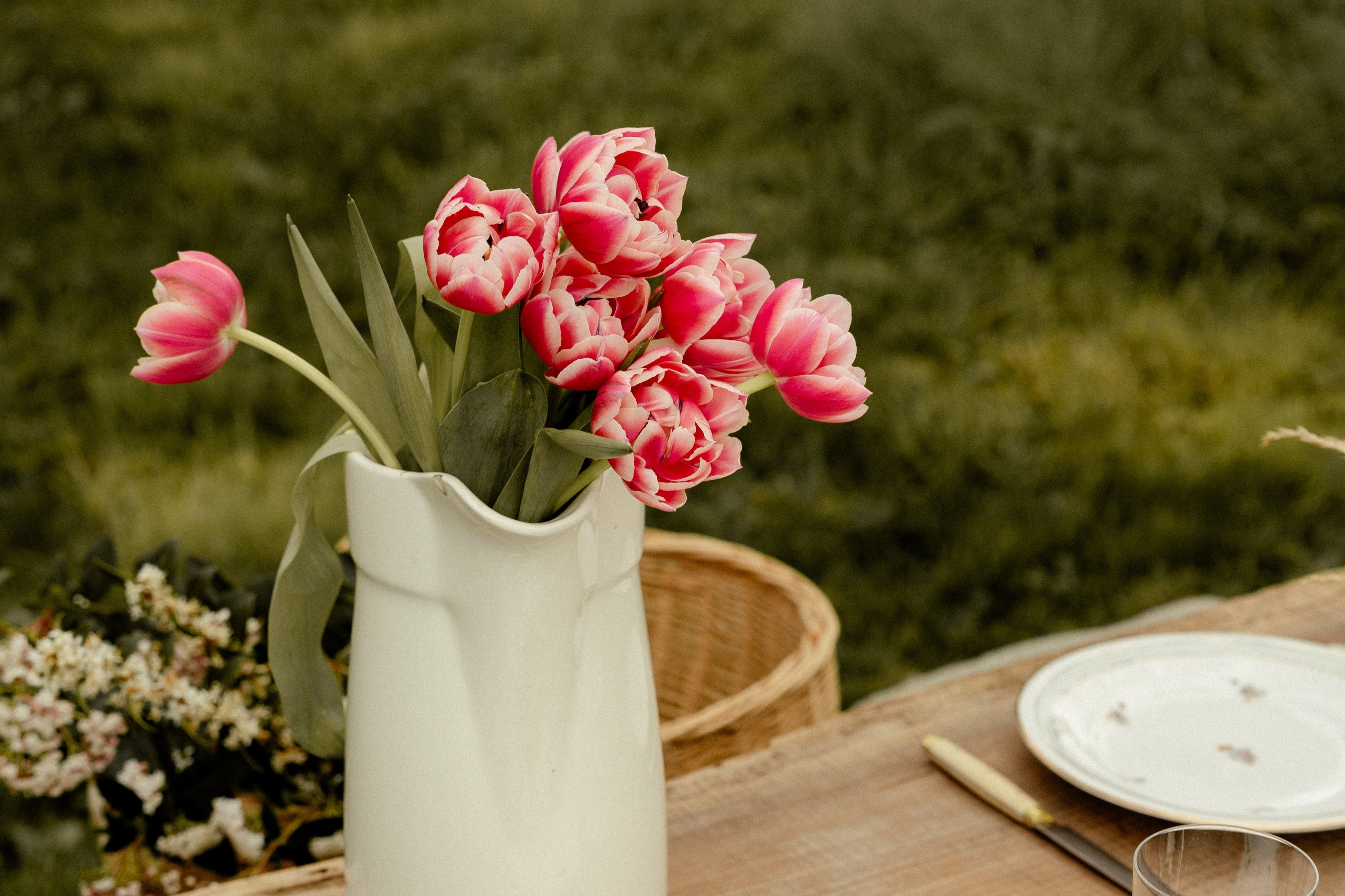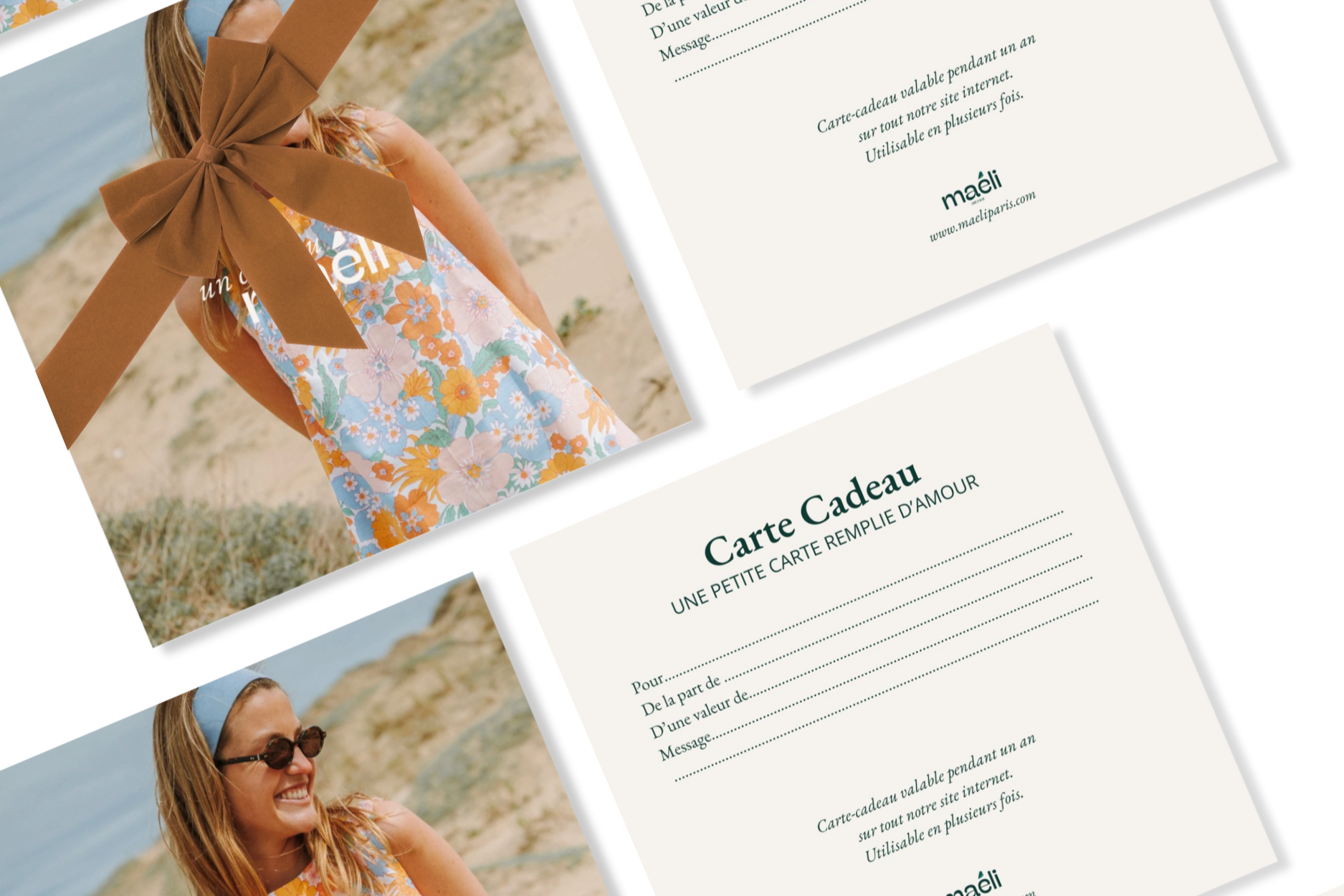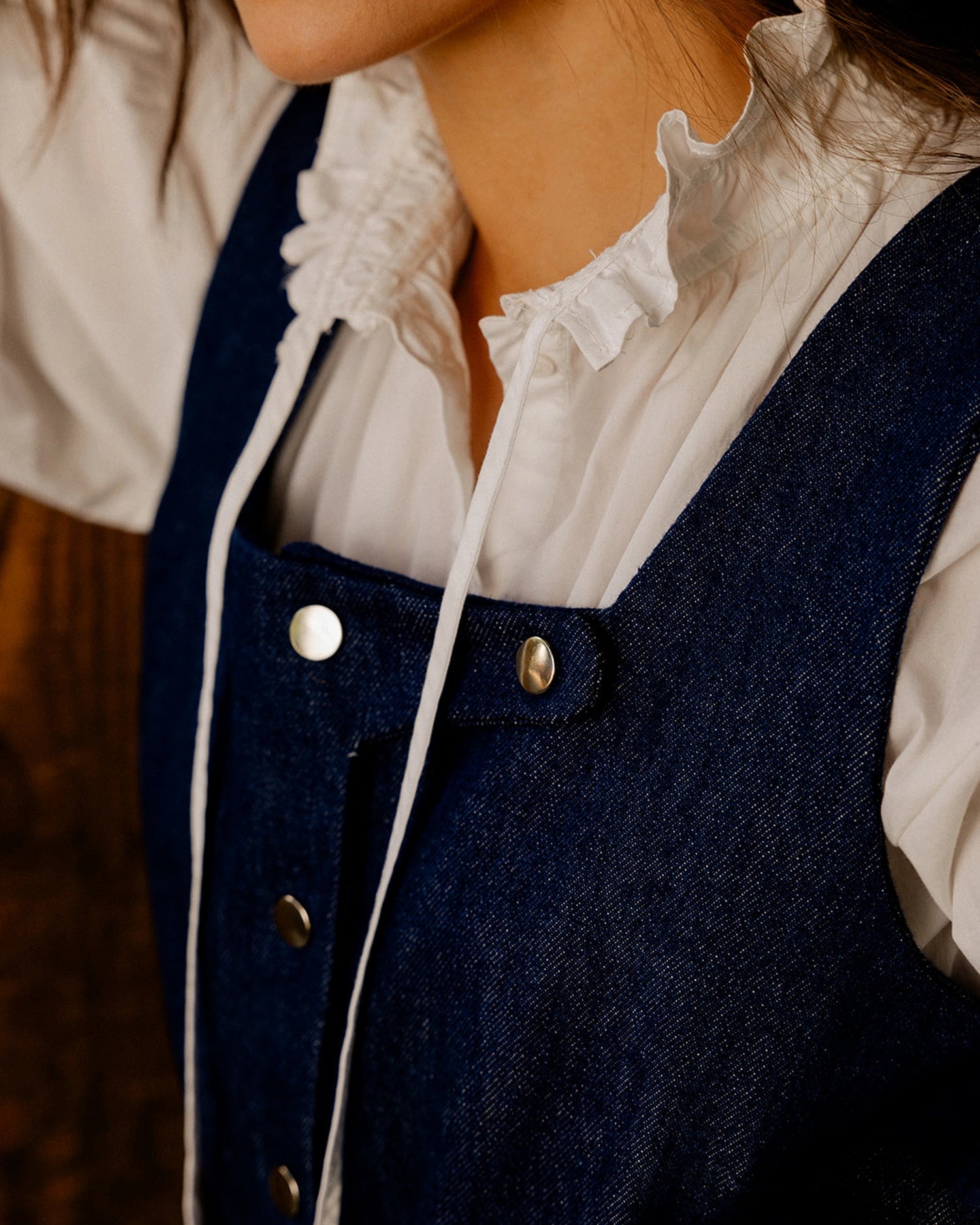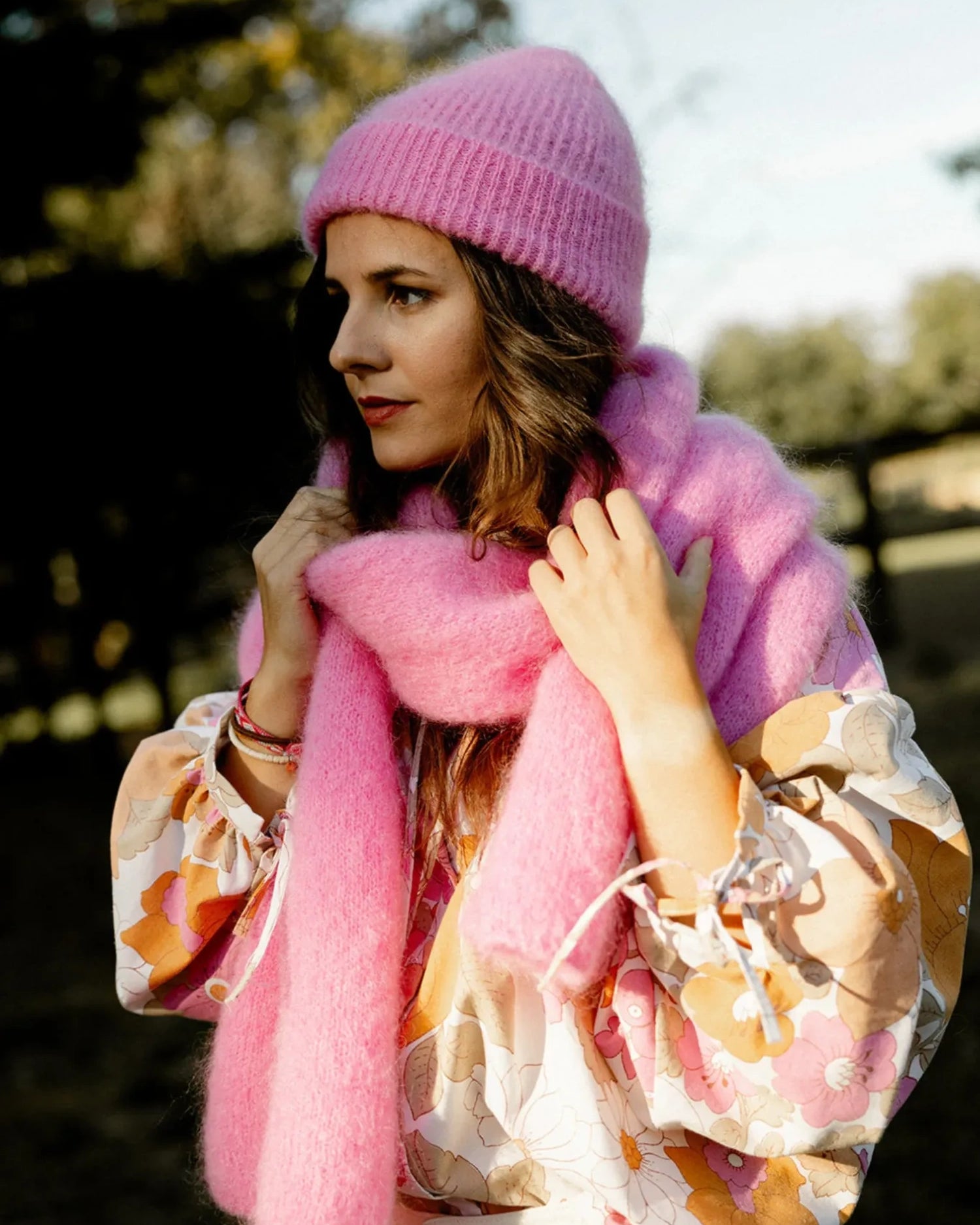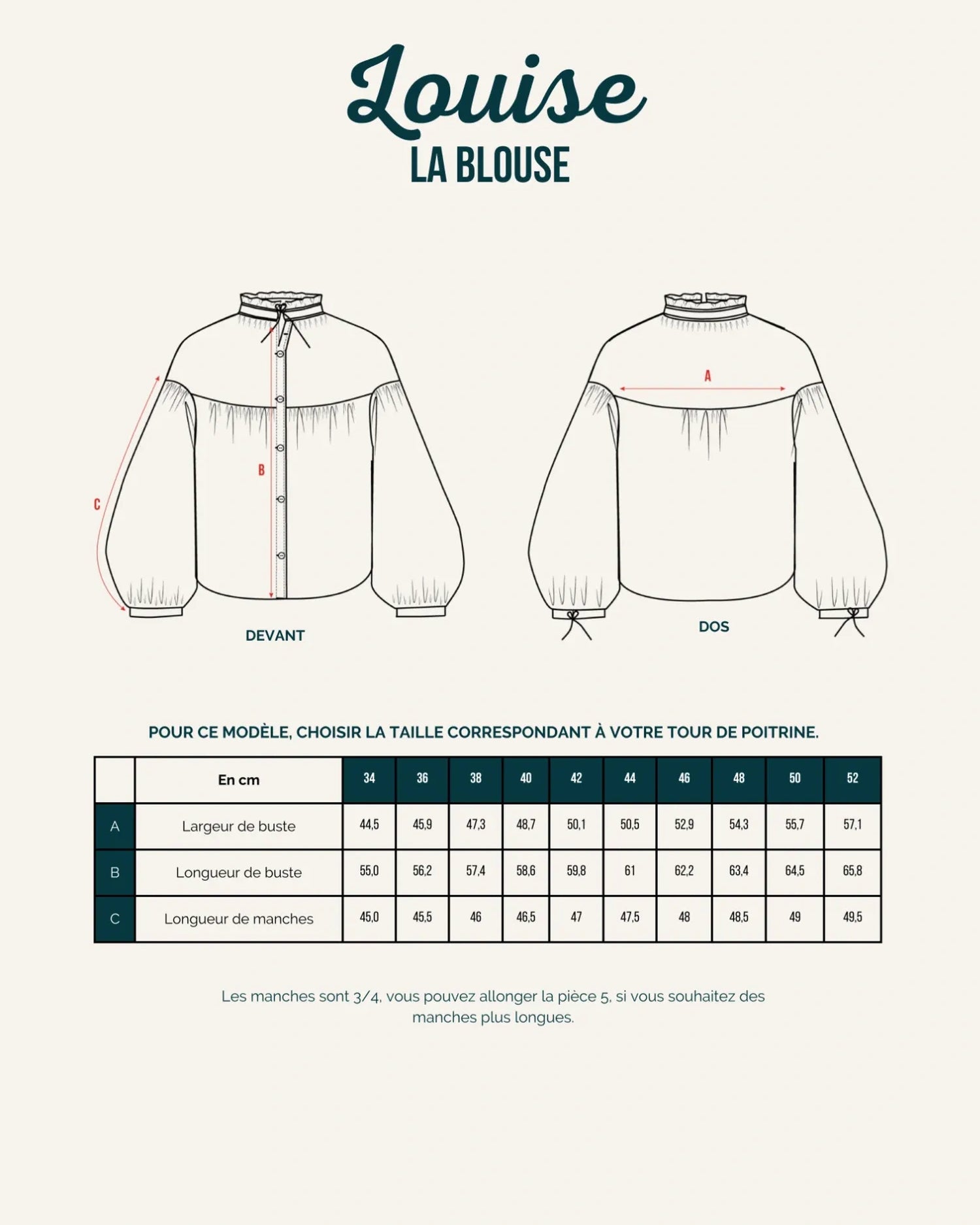Upcycling vintage white fabrics is a wonderful, sustainable, and responsible approach. At Maéli Paris, giving textiles a second life through upcycling is something we are particularly passionate about.
However, these fabrics, often unique, can sometimes present challenges: wear, discoloration, and stains.
Today, we're sharing all our tips with you. using proven techniques to restore brightness and purity to your vintage white fabrics, while taking into account the delicacy of each material.
Some cleaning techniques depending on the type of stain
Yellowing
The yellowing of vintage white fabrics is a common aesthetic concern due to the passage of time. One might be tempted to abandon this fabric; however, a natural solution exists.
Simply mix baking soda (2 tablespoons) with lemon juice (1 tablespoon) in 1 liter of lukewarm water. Soak the fabric for 1 to 2 hours, then wash gently.
This method should revive the whiteness of your vintage gem.
Against mold stains
Mold stains may seem stubborn, but they're not invincible. A solution of diluted white vinegar and salt is an excellent remedy. Mix one part white vinegar with two parts warm water and a handful of salt. Then, apply the mixture directly to the stain, leave it for about thirty minutes, and finally rinse.
Remove rust stains
Rust stains are a common problem with vintage white fabrics. They occur if the fabric has been in contact with rusty metal objects.
There's a simple method: sprinkle salt on the stain, then pour on a few drops of fresh lemon juice. Expose the fabric to the sun for three or four hours before rinsing thoroughly. Rust stains will be a thing of the past.
Grease or oil stains
Grease or oil stains require a slightly different approach: sprinkle Sommières clay, a natural absorbent stain remover, onto the stain. Leave it for a few hours, then brush gently.
For stubborn stains, pretreatment with Marseille soap can prepare the stain to be completely removed by washing.
For perspiration stains
White clothes are particularly prone to sweat stains, especially under the arms. These can be neutralized with a mixture of equal parts water and white vinegar. Apply this solution to the affected area for about 30 minutes before washing as usual.
If this method is not sufficient, you can apply a paste of baking soda with water to the stain before washing.
Ink stains
Ink stains are among the most dreaded. However, 90% rubbing alcohol can often dissolve them effectively. Apply the alcohol to a cotton ball and dab the stain until it disappears. Then rinse with cold water. This method is ideal for delicate fabrics where gentle treatment is essential.
Here are some natural methods for removing stains from your white fabrics. But be careful, you also need to take the type of fabric into account.
Adapt the treatment according to the fragility of the tissue
Durable fabrics: cotton or linen.
These materials tolerate treatments with baking soda, lemon, and vinegar well. You can use the methods described above without too many precautions, but always perform a preliminary test on a small, hidden area.
Delicate fabrics: silk or satin.
For these delicate materials, opt for softness:
- Use diluted lemon juice, but avoid exposing the area to sunlight to remove rust stains. Rinse quickly as well.
- Dab on a mixture of water and a few drops of very diluted ammonia, then rinse thoroughly with cold water to remove the ink.
- Apply a thick layer of Sommières clay, leave it overnight, then gently remove with a soft brush to degrease.
Feel free to do a first test on a part of your fabric to check that it does not damage it.
Synthetic fibers (Polyester, Nylon)
These fibers can react differently to treatments. Generally, they are quite resistant to vinegar and alcohol.
Alternative Solutions
Sometimes, despite our best efforts, certain stains remain stubborn. In this case, other solutions are available to restore your vintage white fabric.
Dyeing
It can be an excellent way to breathe new life and a fresh look into fabric. Choose a dye suited to the type of fabric and follow the instructions carefully for best results. This technique can transform a flaw into a unique design element. There are even natural dyes available.
- To obtain a powdery pink: use the skin of an avocado.
- For yellow: use the skin of an onion or tea.
- For a bright yellow: turmeric.
Patchwork
Patchwork is another way to conceal a stain. Use scraps of similar or contrasting fabric to hide the damaged areas. This will give your fabric a fresh look and make it unique.
Upcycling
You can still salvage the undamaged parts of your vintage white fabrics! To do this, we recommend cutting out the damaged sections. If you're new to upcycling, here are 5 tips to get started.
At Maéli Paris, we believe that before giving up on a stained or damaged white fabric, there are many solutions to try to restore its value. By applying these cleaning methods, you can give your vintage white fabric a new lease on life and contribute to a more responsible and sustainable fashion industry.
